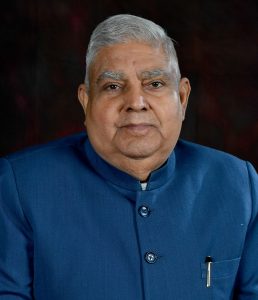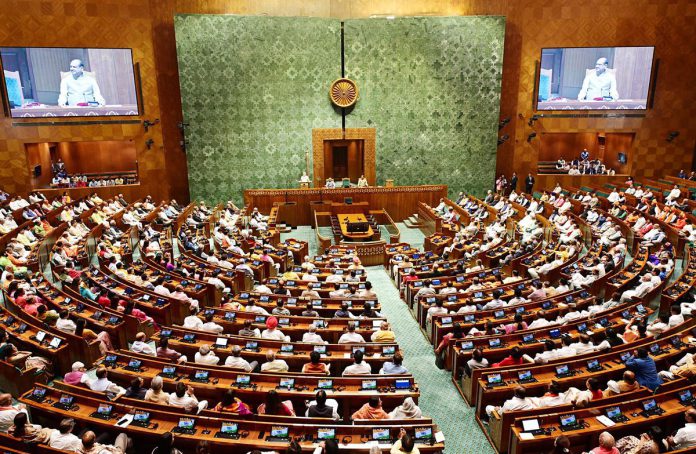Synopsis:
The Vice Presidential Election is underway as the NDA holds a numerical upper hand over the Opposition. Here’s a clear breakdown of the vote count, political strength, and what’s at stake following Jagdeep Dhankhar’s resignation.
Vice Presidential Election Process Begins After Dhankhar’s Exit

Vice Presidential Election procedures officially kicked off just two days after Jagdeep Dhankhar stepped down from office. The Election Commission of India (ECI), on Wednesday, July 23, announced the commencement of the electoral process, including the formation of the electoral college that will choose the next Vice President of India.
This electoral college consists of members from both Houses of Parliament — Lok Sabha and Rajya Sabha — with voting rights extended to both elected and nominated MPs. As the race unfolds, the numbers are under intense scrutiny.
The Parliamentary Math: What the Numbers Say
Here’s the thing — in the Vice Presidential Election, every MP’s vote counts, but not all seats are filled. The Lok Sabha currently has 543 seats, though one — Basirhat in West Bengal — is vacant. Meanwhile, five seats are vacant in the 245-member Rajya Sabha (four from Jammu & Kashmir and one from Punjab). That brings the effective voting strength to 782.
To win, a candidate needs a simple majority — that’s 392 votes, assuming full turnout.
NDA’s Numerical Dominance Over Opposition
Now let’s break it down. In the Lok Sabha, the BJP-led National Democratic Alliance (NDA) commands 293 seats. Add the Rajya Sabha, where NDA enjoys support from 129 members, and their total climbs to 422 — a comfortable cushion well above the halfway mark.
Compare that to the Opposition: Congress contributes 99 seats in Lok Sabha and 27 in Rajya Sabha. With backing from the INDIA bloc, their numbers cross 350 — but not without complications. The Aam Aadmi Party (AAP) recently walked away from the alliance, and any defections or abstentions could further thin the Opposition margin.
In short, the NDA enters the Vice Presidential Election with a clear edge.
Voting Mechanics: What the Constitution Says
As per Article 66(1) of the Constitution, the Vice Presidential Election is held using the system of proportional representation by means of a single transferable vote. Voting is conducted through a secret ballot. Each MP is required to mark their preference against the candidates’ names, adding a strategic layer to the process.
What’s Next After Dhankhar?
With the Vice President’s post vacant, the duties of chairing the Rajya Sabha fall to the Deputy Chairman until a new Vice President is sworn in. Meanwhile, speculation continues to swirl around potential contenders — names like Harivansh, Nitish Kumar, and Arif Mohammad Khan are reportedly being considered.
The Vice Presidential Election is not just a numbers game — it’s a snapshot of power equations in Parliament. And for now, the NDA looks set to ride its majority to yet another constitutional victory.







